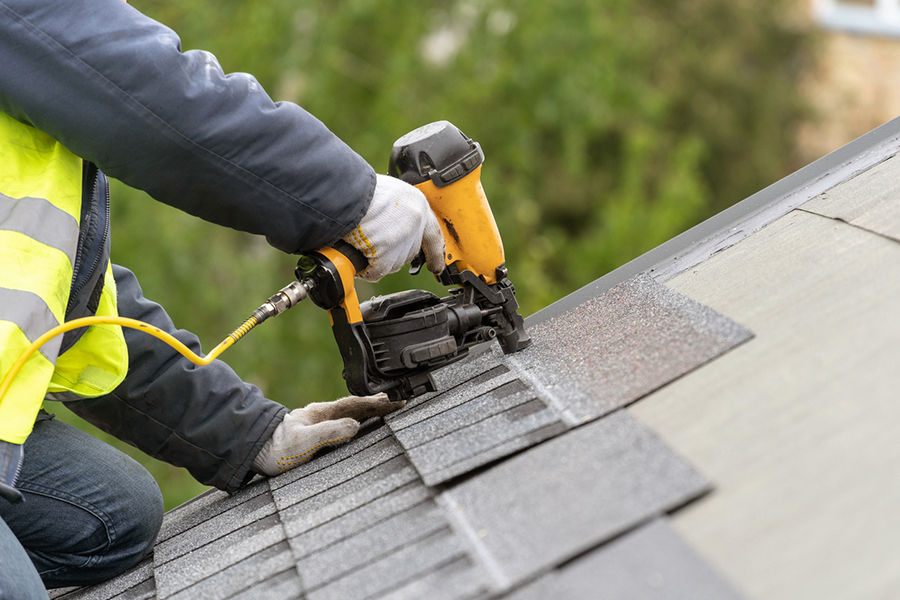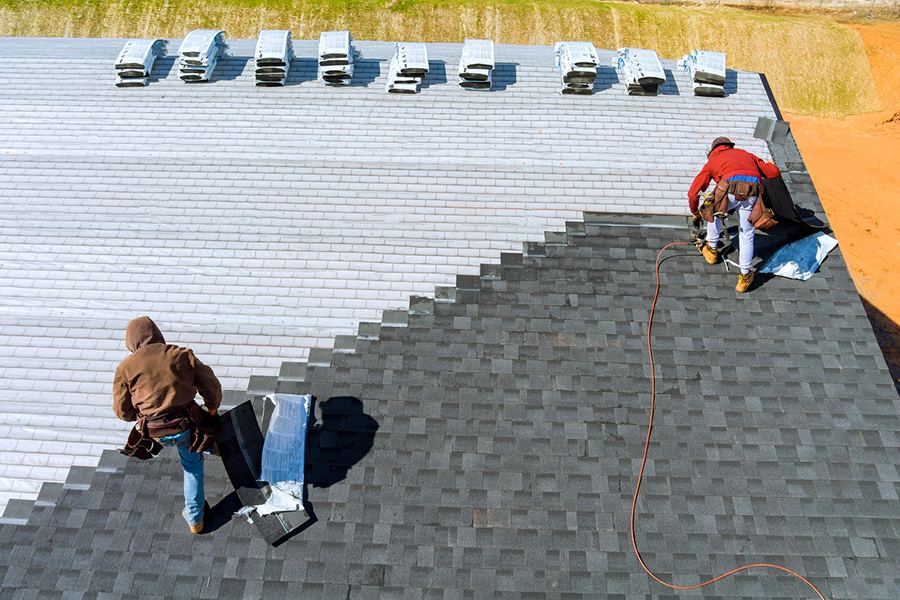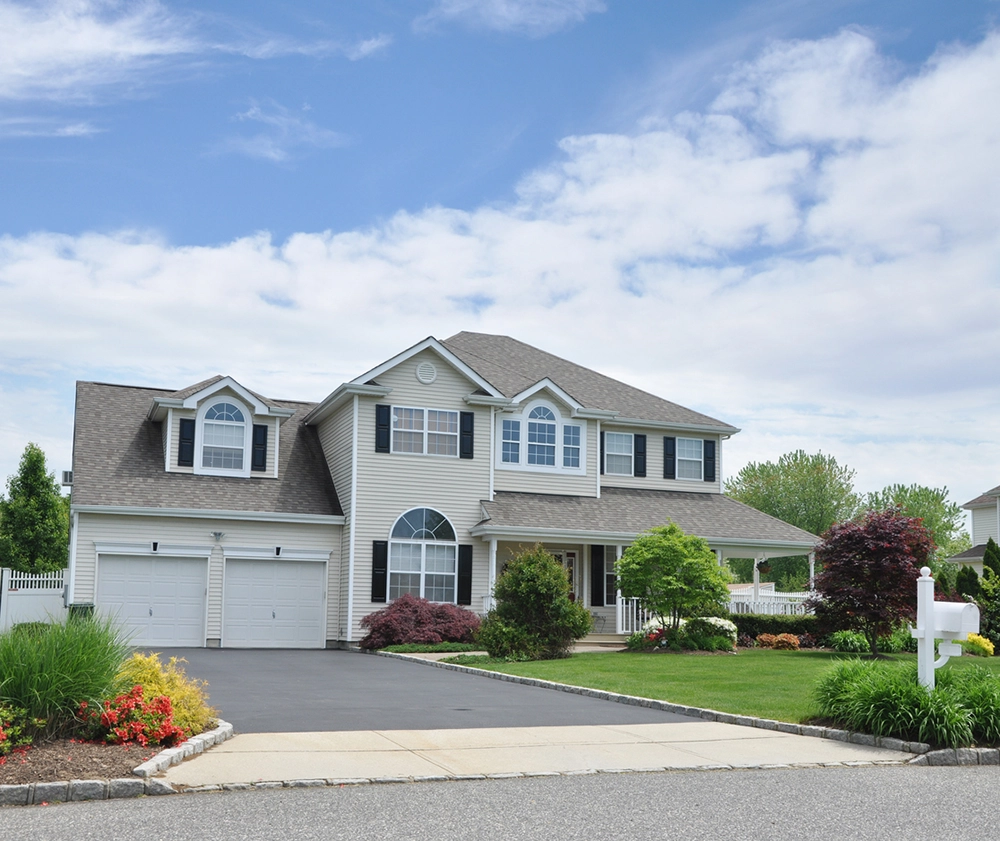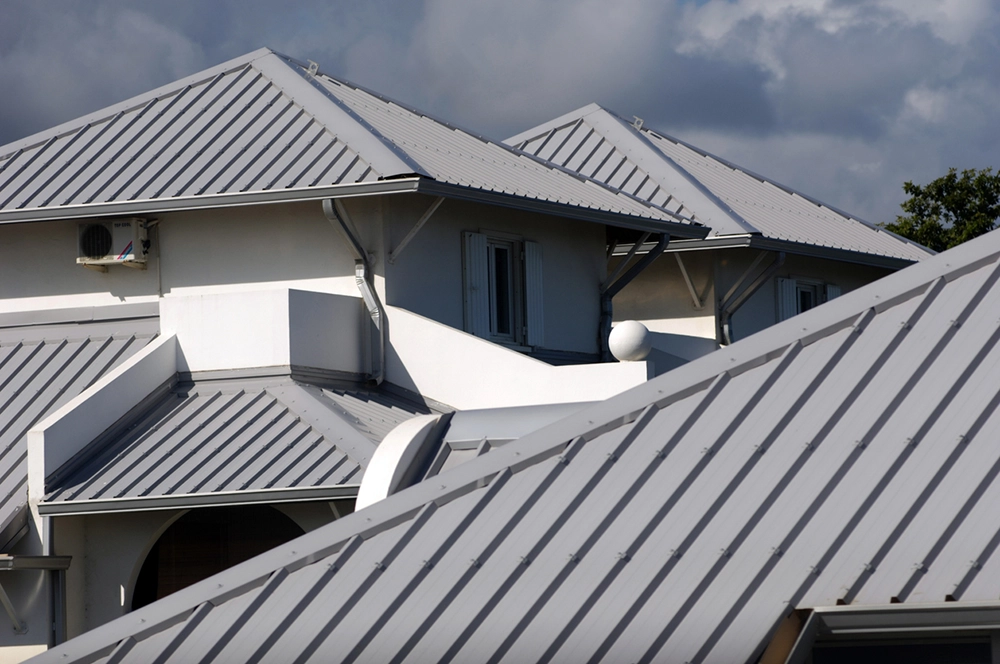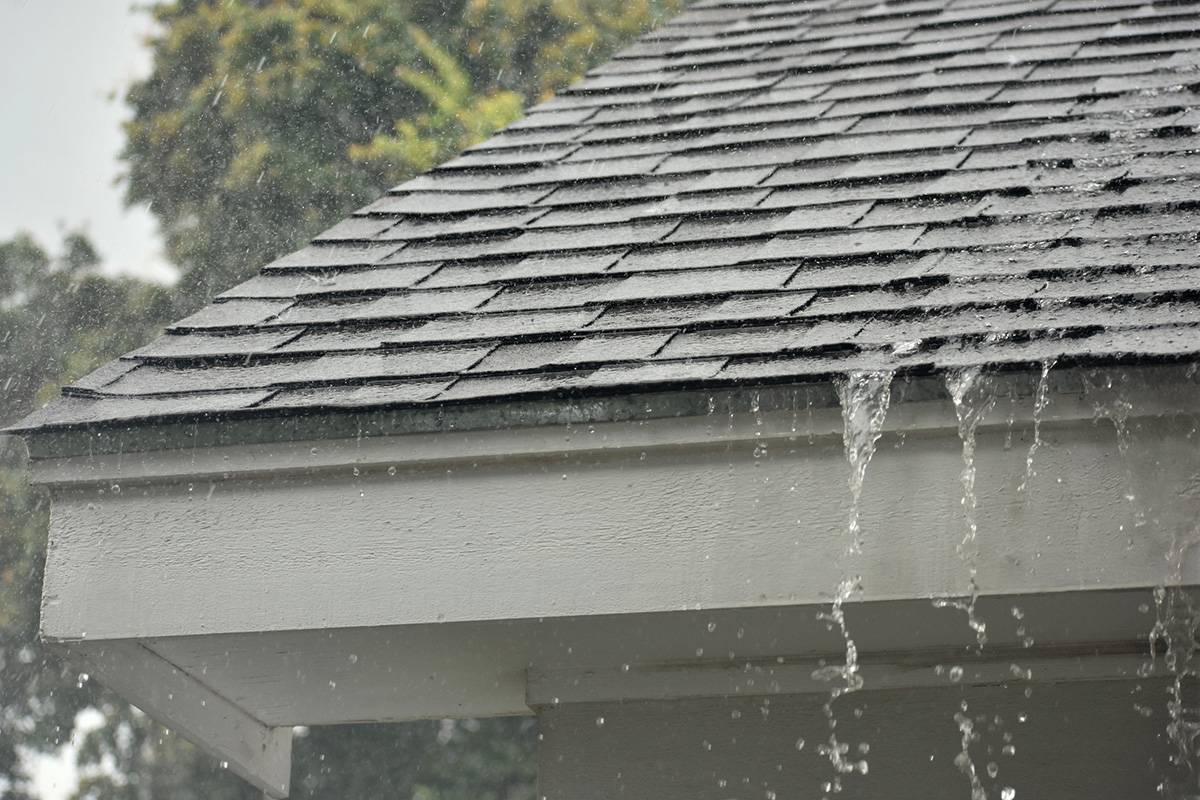Roofing Blog
Free tips & advice for homeowners
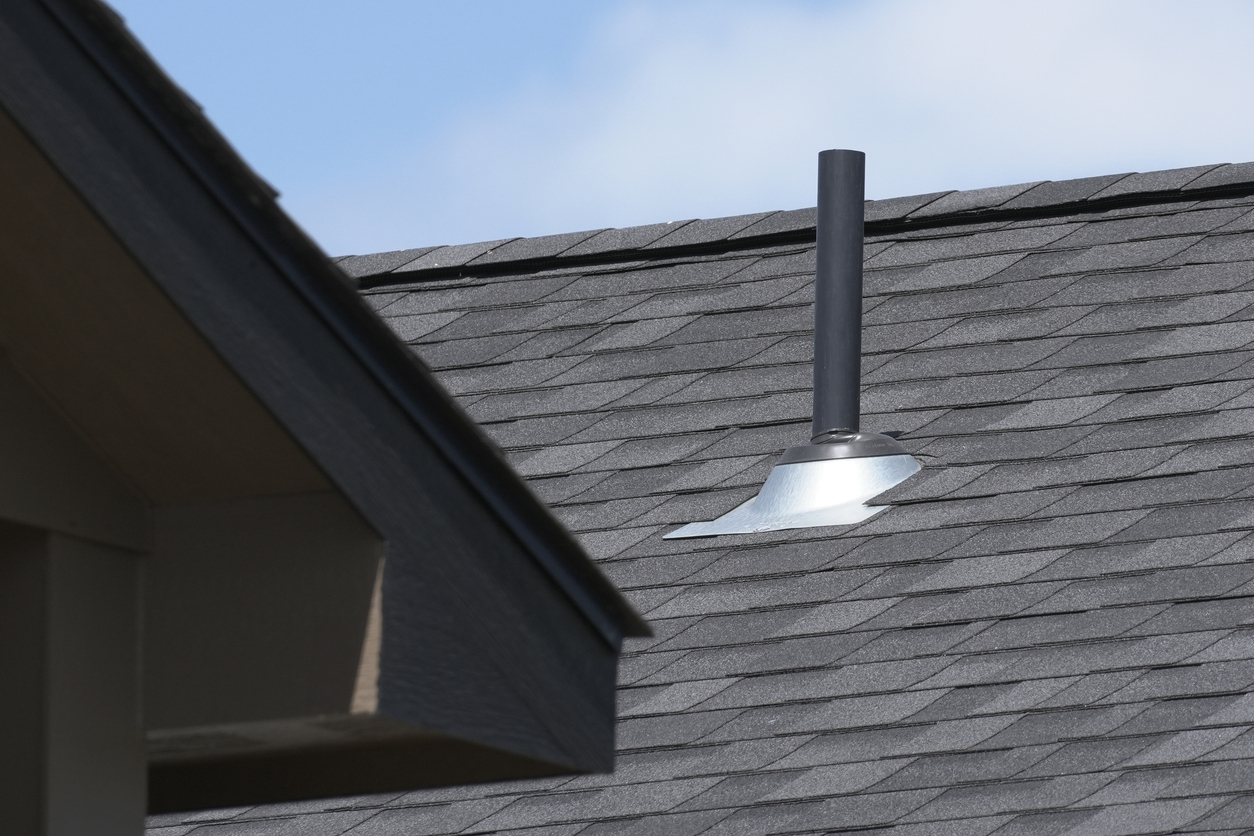
How Proper Roof Ventilation Can Increase Your Roof’s Lifespan
When it comes to the health and longevity of your roof, proper ventilation often flies under the radar. Many homeowners focus on roofing materials, but ventilation is just as crucial. In Austin, where the heat can be relentless, ensuring that your roof is properly ventilated can make all the difference in extending its lifespan and saving you from costly repairs down the road.
Why Roof Ventilation Matters
Roof ventilation plays a vital role in maintaining the temperature and moisture balance in your attic space. Without proper ventilation, heat and moisture can build up, causing your roof to deteriorate faster. By allowing air to flow freely, you reduce the risk of issues like mold, warped shingles, and even ice dams in colder months.
Prevents Excess Heat
Proper ventilation keeps your roof cooler by allowing hot air to escape, which is especially important in the Texas summer heat. It prevents the shingles from overheating and curling prematurely.
Reduces Moisture Buildup
Moisture can accumulate in your attic without good ventilation, leading to mold growth and weakening the structure of your roof over time.
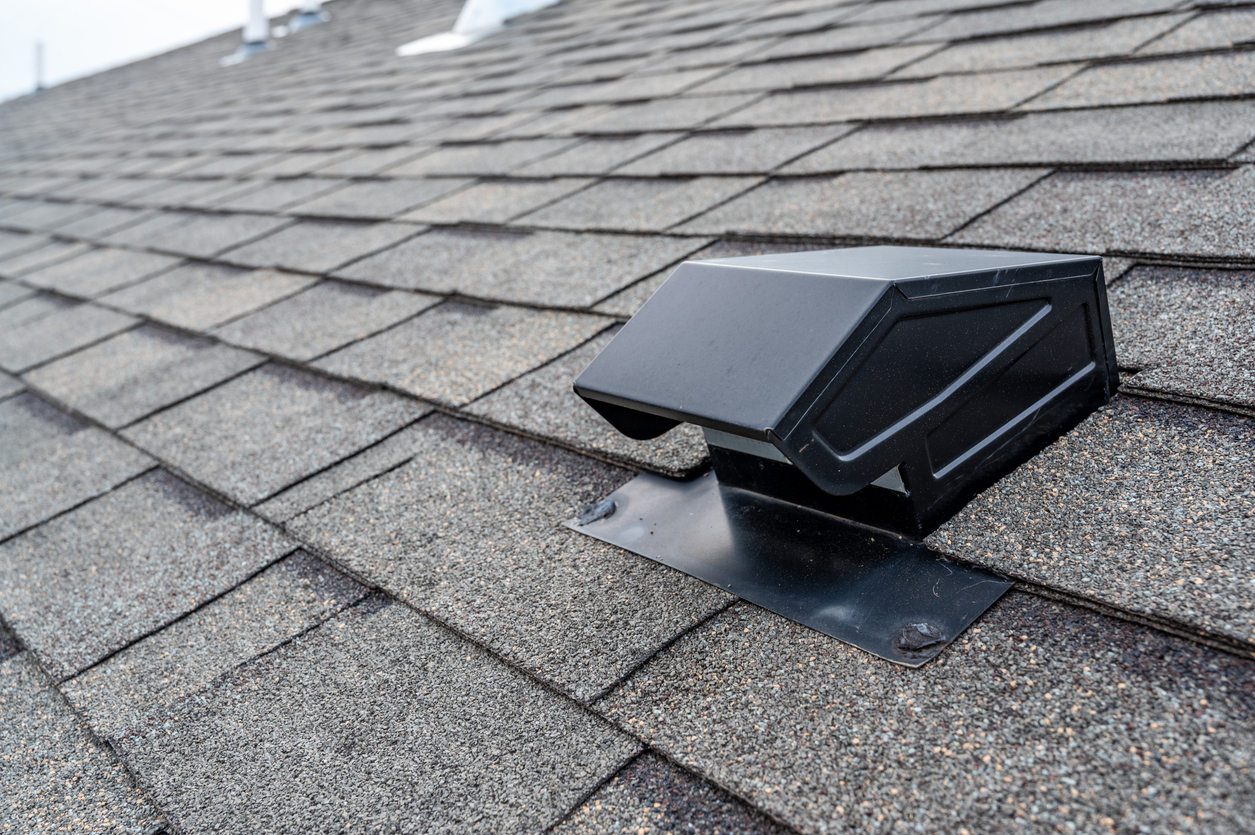
How Poor Ventilation Leads to Roof Damage
When your roof isn’t ventilated properly, the problems can escalate quickly. Trapped heat and moisture create the perfect environment for various forms of damage. Many Austin homeowners are unaware of these risks until it’s too late.
- Shingle damage: Excess heat can cause shingles to crack, warp, or curl.
- Mold growth: Moist environments are perfect breeding grounds for mold, which can spread quickly.
- Wood rot: Prolonged exposure to moisture can cause structural components to rot.
Signs Your Roof Ventilation Needs Attention
Not sure if your roof ventilation is up to par? There are some tell-tale signs that your system may not be working as effectively as it should. By catching these issues early, you can avoid bigger problems down the line and extend the life of your roof.
Hot or Stuffy Attic
If your attic feels more like a sauna than a storage space, it’s a sign that heat isn’t being properly vented. Proper airflow is essential to keeping your roof in good shape.
Ice Dams in the Winter
Even in Texas, ice dams can form in poorly ventilated roofs, which can cause serious water damage.
The Benefits of Installing or Upgrading Roof Ventilation
Installing or upgrading your roof’s ventilation system offers numerous long-term benefits that every homeowner should consider. These upgrades not only extend your roof’s lifespan but also contribute to better energy efficiency, potentially lowering your utility bills.
- Energy savings: A well-ventilated roof helps maintain a more consistent indoor temperature, reducing your reliance on air conditioning.
- Extended roof life: Proper ventilation prevents premature aging of your roofing materials.
- Improved indoor air quality: Ventilation helps reduce indoor pollutants by allowing moisture and heat to escape efficiently.
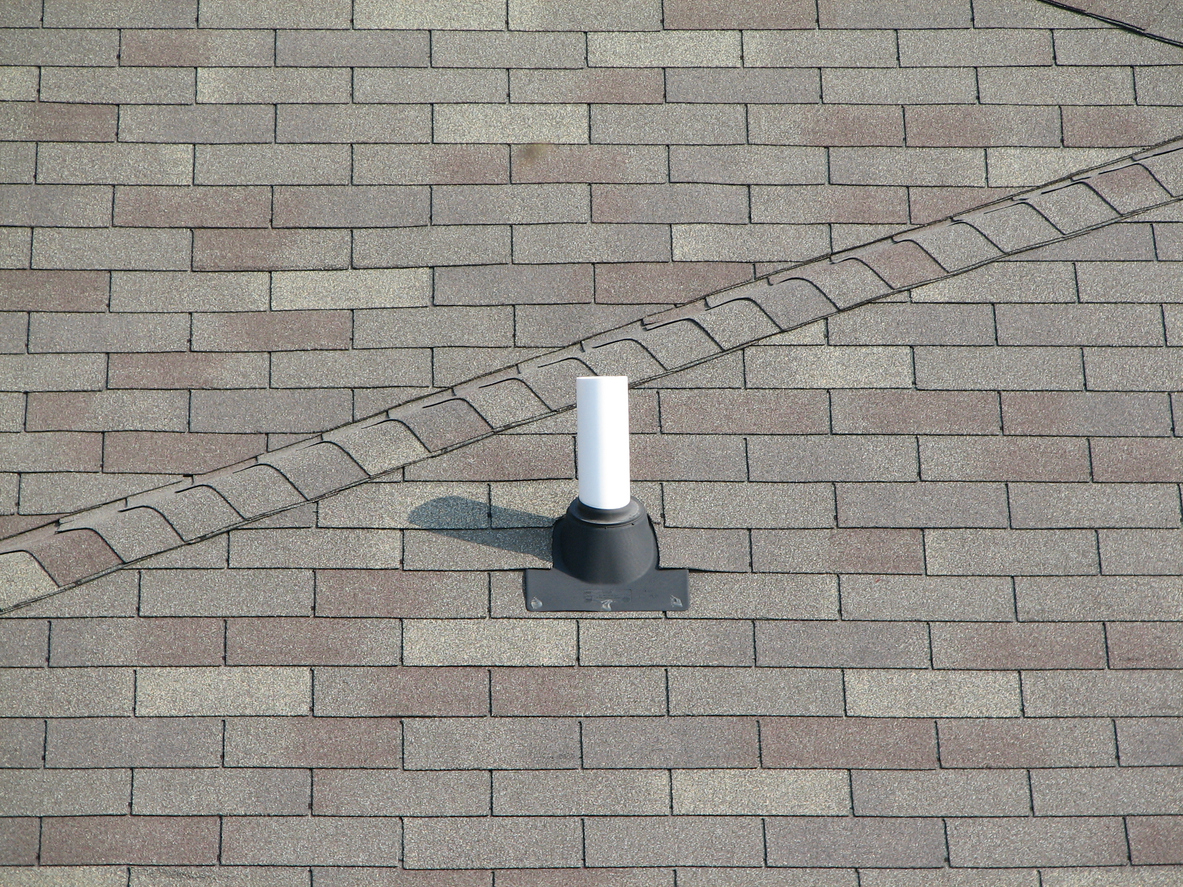
Ventilation Options for Different Roofing Systems
Depending on the type of roofing system you have, different ventilation methods may work better than others. Whether you have a shingle roof or a metal roof, choosing the right type of ventilation can make all the difference in performance and longevity.
Ridge Vents for Shingle Roofs
Ridge vents are commonly used in shingle roofs and are highly effective at allowing hot air to escape while keeping the roof structure intact.
Soffit Vents for Metal Roofs
Soffit vents allow for cooler air to be drawn into the attic space, working particularly well with metal roofing systems, which tend to retain heat.
Take Action to Extend Your Roof’s Life
Don’t wait until it’s too late to consider your roof’s ventilation. Taking proactive steps today can save you from major repairs and extend the life of your roof for years to come. Proper ventilation is a simple yet essential factor in maintaining a healthy roof that can handle the unique climate of Austin.

